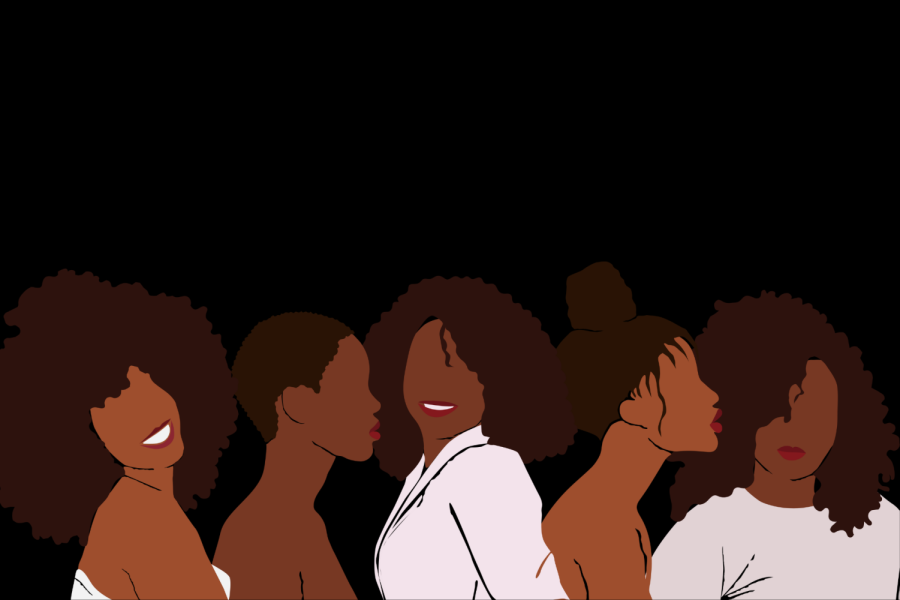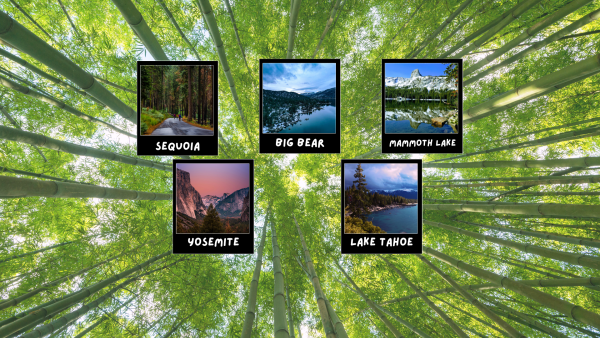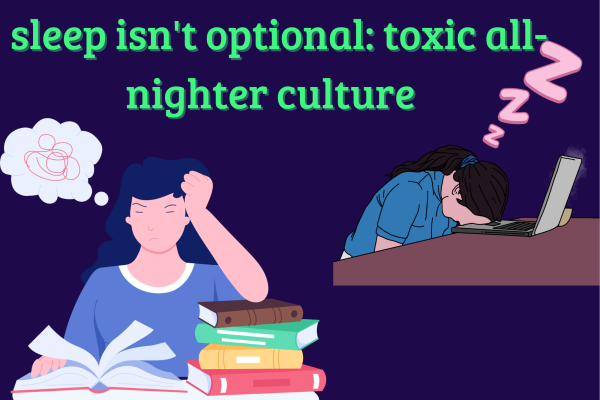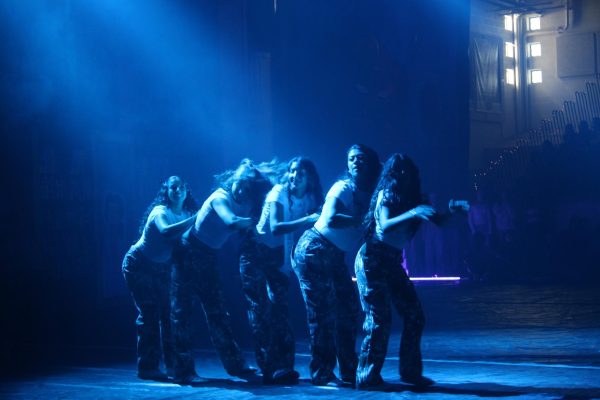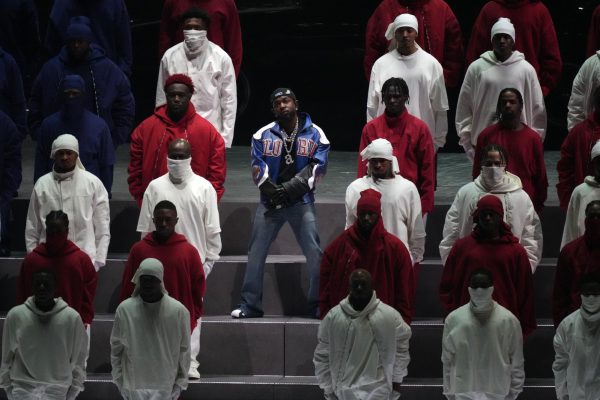Colorism: the toxic byproduct of slavery
Black women of shades embrace each other despite their complexions
Colorism: prejudice or discrimination against individuals with a dark skin tone, typically among people of the same ethnic or racial group.
Colorism is a form of discrimination that has been repeatedly swept under the rug. It often goes unspoken because it is a subset of racism, which can be perceived as a bigger, more prominent issue. Although all people of color can experience forms of discrimination such as colorism, this article focuses on the black community due to the arrival of black history month.
The term colorism was brought to light during the 1900s. It was a tactic to divide tasks between enslaved people. Lighter-skinned people tended to be assigned more domestic tasks, whereas darker-skinned people were assigned burdensome and tougher tasks.
Racism is defined as antagonism against an individual based solely on the ethnic group in which they reside. While the concept of racism and colorism go hand in hand, they are often mistaken for one another.
Racism can be seen as more of a jaundiced generalization whereas colorism is discrimination WITHIN ethnic groups, it highlights the preferential treatment of those who have a lighter complexion even though they are part of the same race.
According to the National Conference for Community and Justice, throughout slavery, Black people of lighter complexions were often the byproduct of a slave and slave owner. Thus resulting in favoritism, considering that child withheld the blood of both the enslaver and enslaved.
While Colorism emerged during the same time era as slavery, it is still alive today.
“Colorism has become a societal norm, and it’s engraved into people,” Senior Casey Himes said. “When you see Black people gaining publicity, they tend to be light skinned with looser curls.”
Himes said that lighter-skinned people are constantly being broadcasted when in reality, they cannot represent the whole community.
Colorism can be seen as generational trauma because it is something that has been around for longer than many people can remember. This form of discrimination is something that transpired long ago and has been subconsciously built into Black generations. While the beauty standard is constantly changing, the root of it has continued to rest in European features.
“All throughout school and being taught American history, we´re mainly hearing about white role models,” Himes said. “When white people are constantly being attached to success, then that’s going to become the standard.”
Within history books, the faces of success have repeatedly been people within the white community. Lighter-skinned people are deemed closer to white, as a result of this, they are more likely to succeed in a society that wasn´t built for minority groups.
Black Student Union adviser and English teacher Ms. Jenna Jemison strives to make her environments all inclusive and non judgemental.
“Colorism is all around us, so I believe it is important to actively combat it,¨ Jemison said. “For example, in my own home, I buy dolls of different skin tones, hair textures, etc. We also read books with characters of various backgrounds.”
Different forms of media platforms have spread like wildfire and are becoming more prevalent in people’s everyday lives. This in itself has drawn more attention to different aspects of discrimination, especially with many instances of colorism being rooted in the media.
Colorism in the film industry is very pervasive to this day, people argue that light-skinned actors and actresses should turn down roles that were made for a dark-skinned person to execute. Stagecoach Mary was a dark-skinned woman who was born enslaved and later became a mail carrier whose job was to deliver and protect mail from thieves. She was the second woman and first Black woman to possess this role.
Zazie Beetz is a light-skinned, biracial actor who was cast for the role of Stagecoach Mary in the Netflix film “The Harder They Fall.” Beetz being cast to “represent” a woman who is arguably the complete opposite of her puts emphasis on how darker-skinned women get little to no representation within the media
“We see colorism portrayed in TV, the toy aisle, children’s books, the music and entertainment industry,” Jemison said. “This painful stereotypical idea that having lighter skin is better impacts the Black community as darker-skinned people tend to face more microaggressions, discrimination, and racism due to colorism which affects their overall mental and physical health.”
While this topic as a whole may seem rigorous, students at Rancho Cucamonga High School work to combat and bring awareness to colorism.
“Within my own classroom and the clubs I represent (Black Student Union and Black Girl Magic), students are willing to have open discussions about these topics and learn from each other’s ideas, experiences and perspectives,” Jemison said. “I think if young people continue to be open and honest, we will continue to see change.”
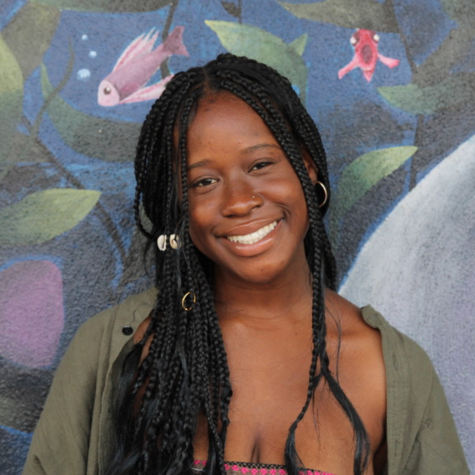
Jadyn Giles is a senior at RCHS, and this is her first year in journalism. Her favorite thing about journalism is being a voice for her peers and talking...

